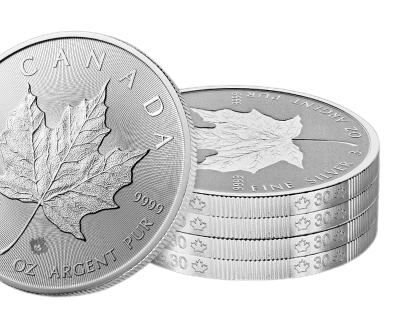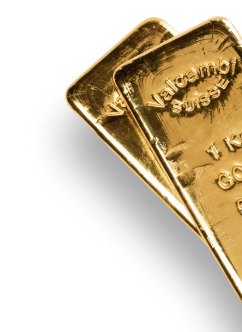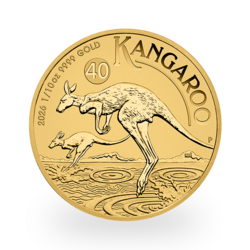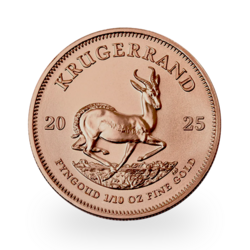Until now, the European Union has been regularly criticized for its nitpicking bureaucracy: a desire to regulate everything, even if it meant stifling emerging technology sectors — yesterday the internet, today cryptocurrencies and AI — or imposing excessive constraints on existing industries, such as banning combustion engines by 2035 and requiring the widespread deployment of intermittent energy sources.
Admittedly, the idea of a “powerful Europe” still lingered, based on the premise that with 27 members, unity would bring strength. But this myth collapsed with the pitiful and totally unbalanced trade agreement concluded between Ursula von der Leyen and Donald Trump: tariffs, purchases of liquefied natural gas, investments... everything is going in one direction.
It is not only the European project that has been struck at its core, it is the very future of the European continent that is suddenly clouded by the threat of major economic decline.
It is becoming increasingly clear that Europe is lagging far behind both the United States and China. Faced with these two superpowers, its negotiating power is extremely limited, as Patrick Artus points out, for several reasons: dependence on the US market, on digital giants and on LNG imports (since the sanctions against Russia); but also its dependence on the Chinese market, imports of rare metals and electric batteries. The EU simply does not have the means to wage a trade war against either of them. It has no choice but to submit.
This crushing defeat on the commercial front reveals a global decline. Nothing is going right in terms of demographics (fertility rate below two), labor productivity (stagnant since 2017), innovation (R&D and technology lagging behind), industry (in constant decline), not to mention dependence on raw materials and cutting-edge technologies, and a widespread loss of skills. For economic journalist François Lenglet, “Europe is entering its ‘century of humiliation’ like China in 1842, after the Opium War.” The difference is that the Chinese fought before signing the agreement.
Unless the European people wake up, the outlook is bleak, very bleak.
While waiting for a hypothetical reaction, what can be done at the individual level, that of the saver?
We would like to highlight this interesting study by Patrick Artus, which asks the question: What are safe-haven currencies and safe-haven assets? His analysis ranges from the internet bubble of the 2000s to the Israel-Iran war, via the Gulf War, Ukraine, the subprime mortgage crisis, Covid, and more. The answer is clear: “The currencies or assets whose prices rise fairly systematically during crises or wars are: the Swiss Franc and Gold. The U.S. Dollar is not always a safe-haven currency.”
Further confirmation, if any were needed, that some of your savings should be invested in gold.
As for the rest, we must all work towards the return of a Europe that can take control of its own destiny.
The road ahead will be long and difficult...
Reproduction, in whole or in part, is authorized as long as it includes all the text hyperlinks and a link back to the original source.
The information contained in this article is for information purposes only and does not constitute investment advice or a recommendation to buy or sell.

















